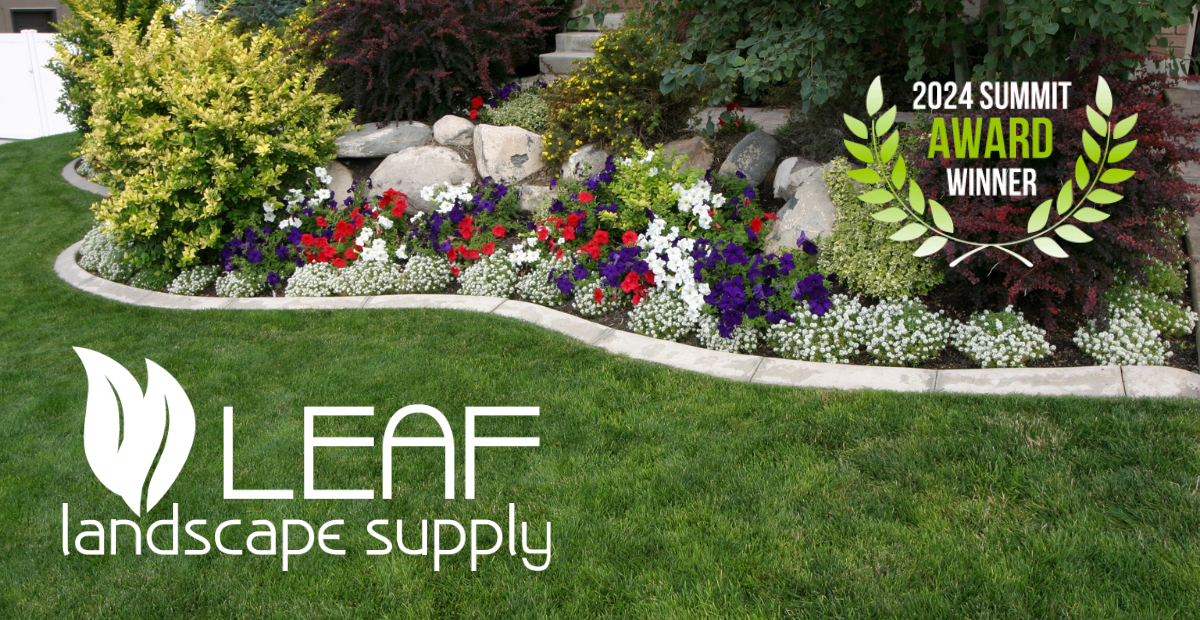
Plant Nursery Close To Me in 78729, Austin – Texas
Start Your Own Plant Nursery Business in Austin, Texas
Located in the heart of Austin, Texas, zip code 78729, starting your own plant nursery business can be a fulfilling and potentially lucrative endeavor. Whether you have a passion for gardening, a green thumb, or a desire to bring beauty and nature to your community, establishing a plant nursery can be a rewarding venture. With the increasing demand for locally grown plants and sustainable, eco-friendly products, now is an opportune time to embark on this exciting journey. This comprehensive guide will walk you through the essential steps to get started with a plant nursery close to you, empowering you to create a successful business that contributes to the local economy and environment.
Your Market and Location
Before diving into the logistics of setting up a plant nursery, it’s crucial to understand the market and location of your potential business. In an area like Austin, known for its thriving community of eco-conscious individuals and a strong focus on sustainable living, there is a growing demand for locally sourced plants and gardening products. By being mindful of the specific needs and preferences of the local community, you can tailor your offerings to cater to these desires, ultimately setting your nursery up for success.
When considering a location for your plant nursery, factors such as accessibility, visibility, and proximity to your target market are key. As a resident of 78729, you have the advantage of strategically positioning your nursery in an area with a high potential for foot traffic and customer engagement. Additionally, being cognizant of the local climate and soil conditions will play a crucial role in determining the types of plants that thrive in the region, allowing you to curate a diverse and resilient inventory.
Securing Necessary Permits and Licenses
One of the first steps in establishing a plant nursery is ensuring that you have the necessary permits and licenses to operate legally. This typically includes obtaining a business license, tax identification number, and any specific permits related to agricultural or horticultural activities. As regulations may vary by state and local jurisdiction, it’s important to familiarize yourself with the specific requirements for starting a plant nursery in Texas, ensuring that you are compliant with all applicable laws and regulations.
In addition to the basic business permits, you may also need to consider environmental permits, especially if your nursery will involve activities such as composting or water usage. By proactively addressing the legal and regulatory aspects of your business, you can establish a solid foundation for your nursery and mitigate potential risks down the road.
Building a Diverse Plant Inventory
Central to the success of any plant nursery is the quality and diversity of its inventory. Consider conducting thorough research on the types of plants that are popular in the Austin area, taking into account factors such as drought resistance, adaptability to local soil conditions, and aesthetic appeal. By offering a diverse selection of plants, including native species, exotic varieties, and specialty cultivars, you can cater to the diverse tastes and preferences of your potential customers.
Moreover, exploring the option of collaborating with local growers and suppliers can not only enhance the diversity of your inventory but also strengthen ties within the local gardening community. Establishing partnerships with reputable suppliers will enable you to procure high-quality plants and gardening products, ensuring that your nursery maintains a competitive edge in the market.
Creating an Inviting and Educational Environment
Beyond being a retail space, your plant nursery can serve as a valuable educational resource for the community. Consider incorporating elements such as informational signage, demonstration gardens, and workshops to engage and educate customers about sustainable gardening practices, plant care, and landscape design. By fostering a welcoming and educational environment, you can position your nursery as a hub for gardening enthusiasts and novices alike, adding value to the overall customer experience.
Moreover, embracing technology can further enhance the educational aspect of your nursery. Utilize social media platforms, a well-designed website, and even virtual gardening tutorials to connect with a wider audience and share valuable insights about plant care and gardening tips. By leveraging these digital tools, you can expand your reach and establish your nursery as a trusted source of expertise in the gardening community.
Implementing Sustainable Practices
Incorporating sustainable practices into your plant nursery operations is not only environmentally responsible but also aligns with the values of the Austin community. From utilizing eco-friendly packaging materials to implementing water-saving irrigation systems, there are numerous ways to minimize the environmental impact of your nursery. Emphasize the use of organic fertilizers and pest control methods, and consider offering recycling and composting services to further demonstrate your commitment to sustainability.
Furthermore, consider adopting renewable energy sources, such as solar panels, to power your nursery, showcasing your dedication to reducing carbon emissions and promoting a greener future. By integrating sustainable practices into every aspect of your business, you can attract eco-conscious consumers and position your nursery as a champion of environmental stewardship.
Closing ideas
Embarking on the journey of starting a plant nursery in Austin, Texas, presents an opportunity to blend your passion for plants with the potential for entrepreneurship. By knowing the local market, securing necessary permits, curating a diverse inventory, cultivating an inviting environment, and prioritizing sustainability, you can lay the groundwork for a thriving and impactful business. As you set out on this endeavor, remember that your nursery has the potential to not only beautify spaces but also foster a deeper connection between the community and the natural world.
